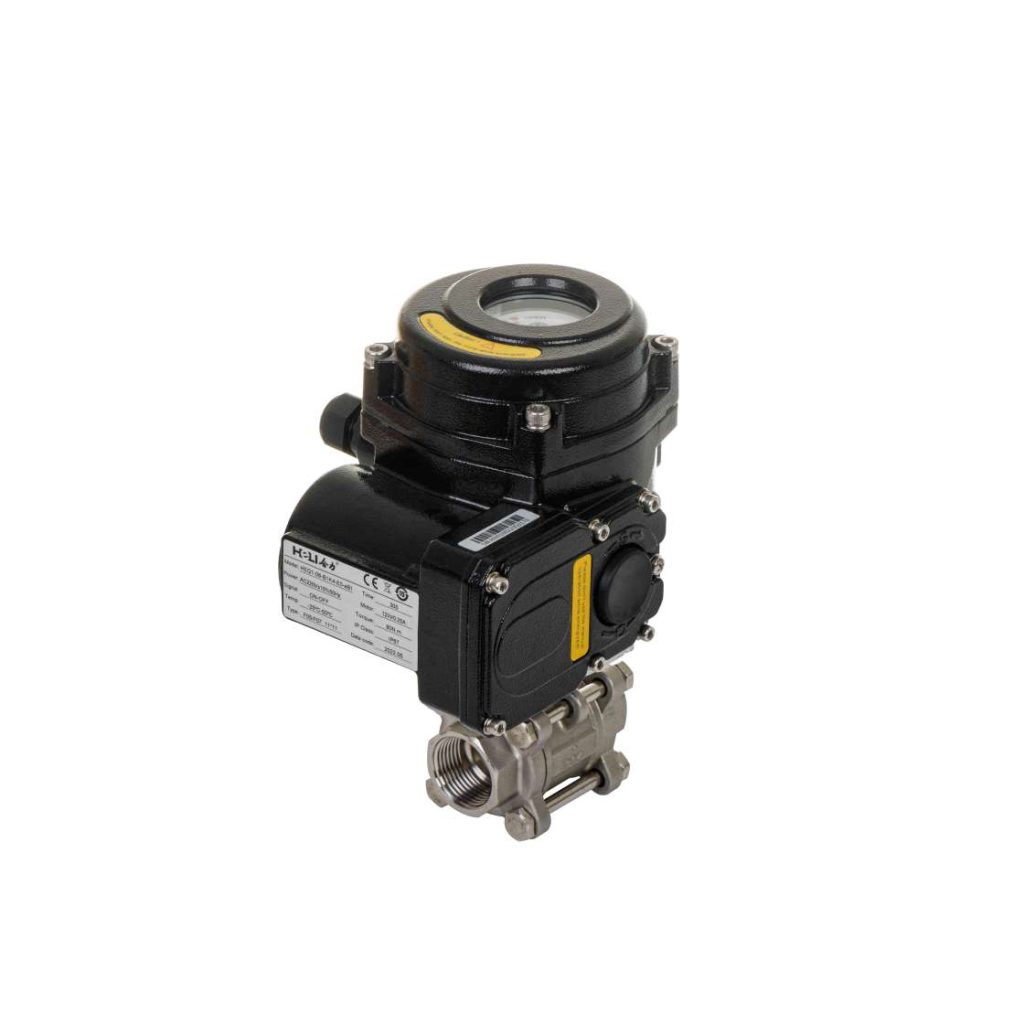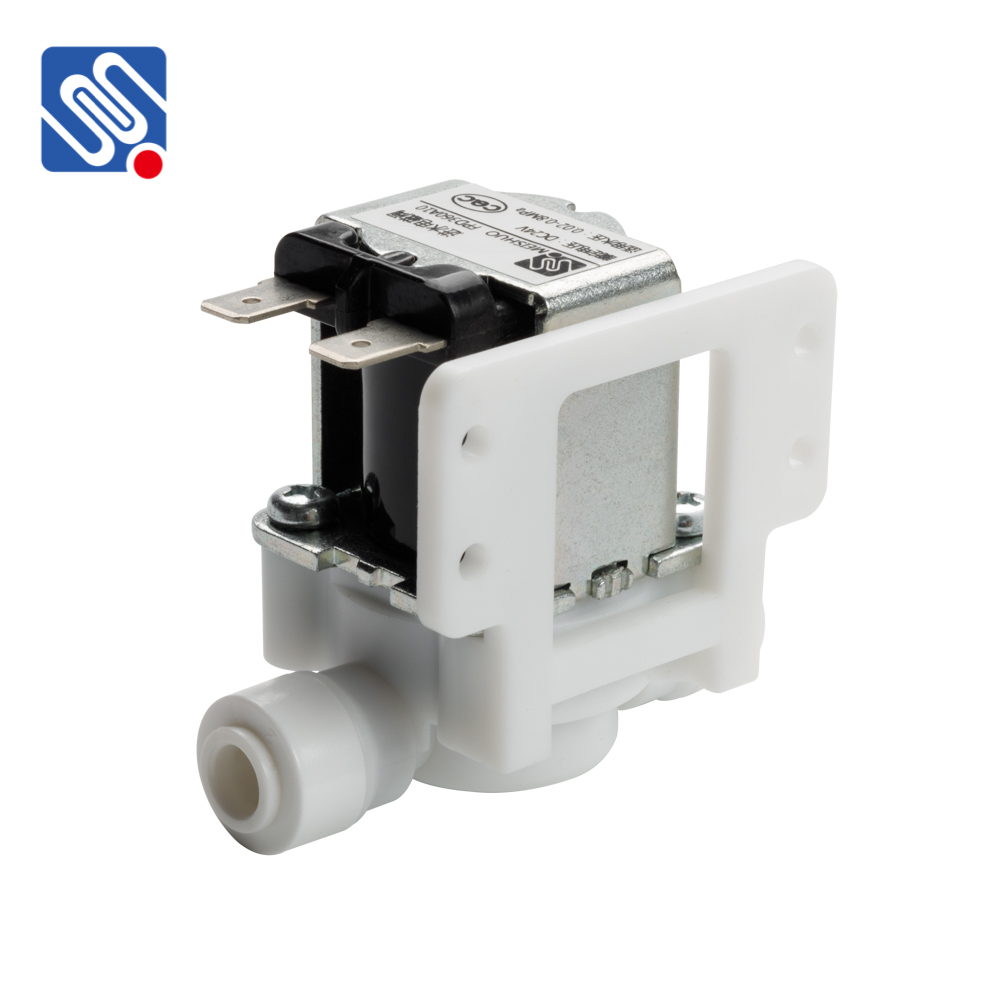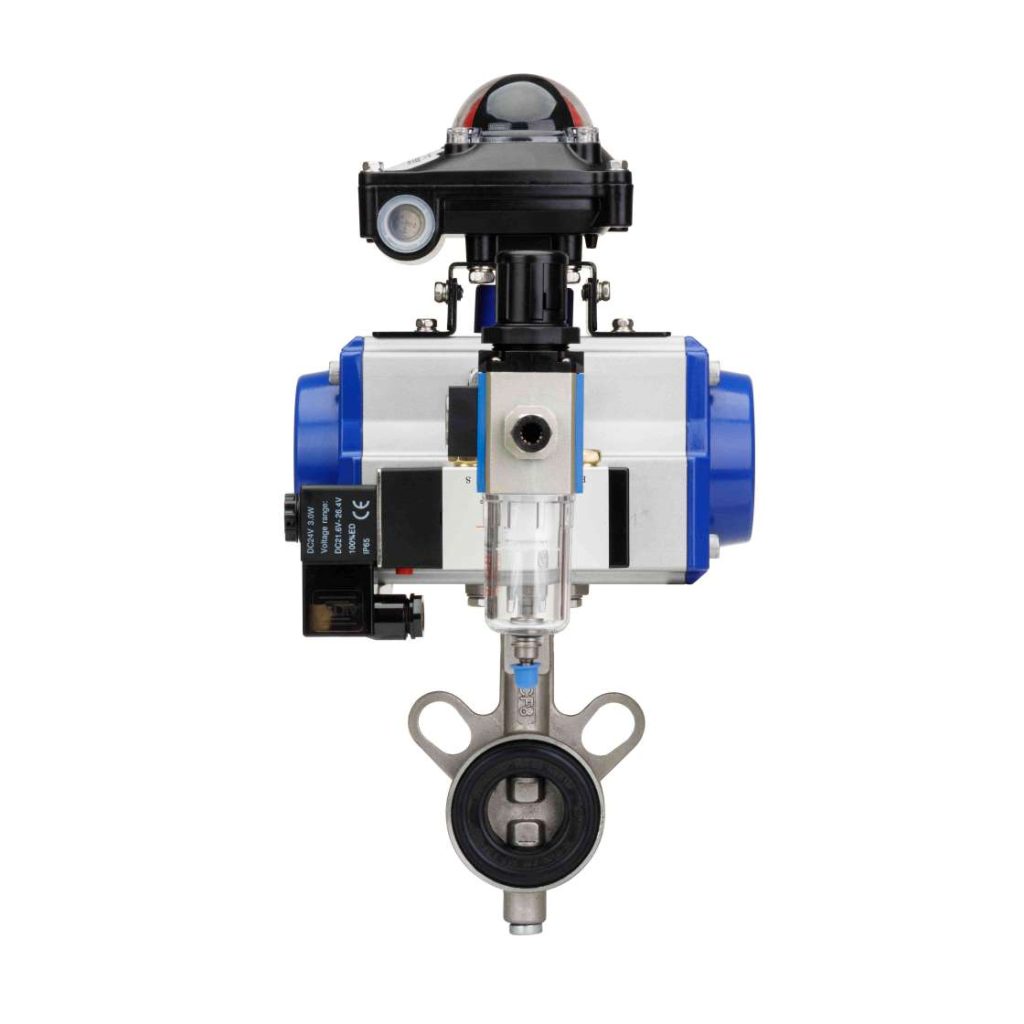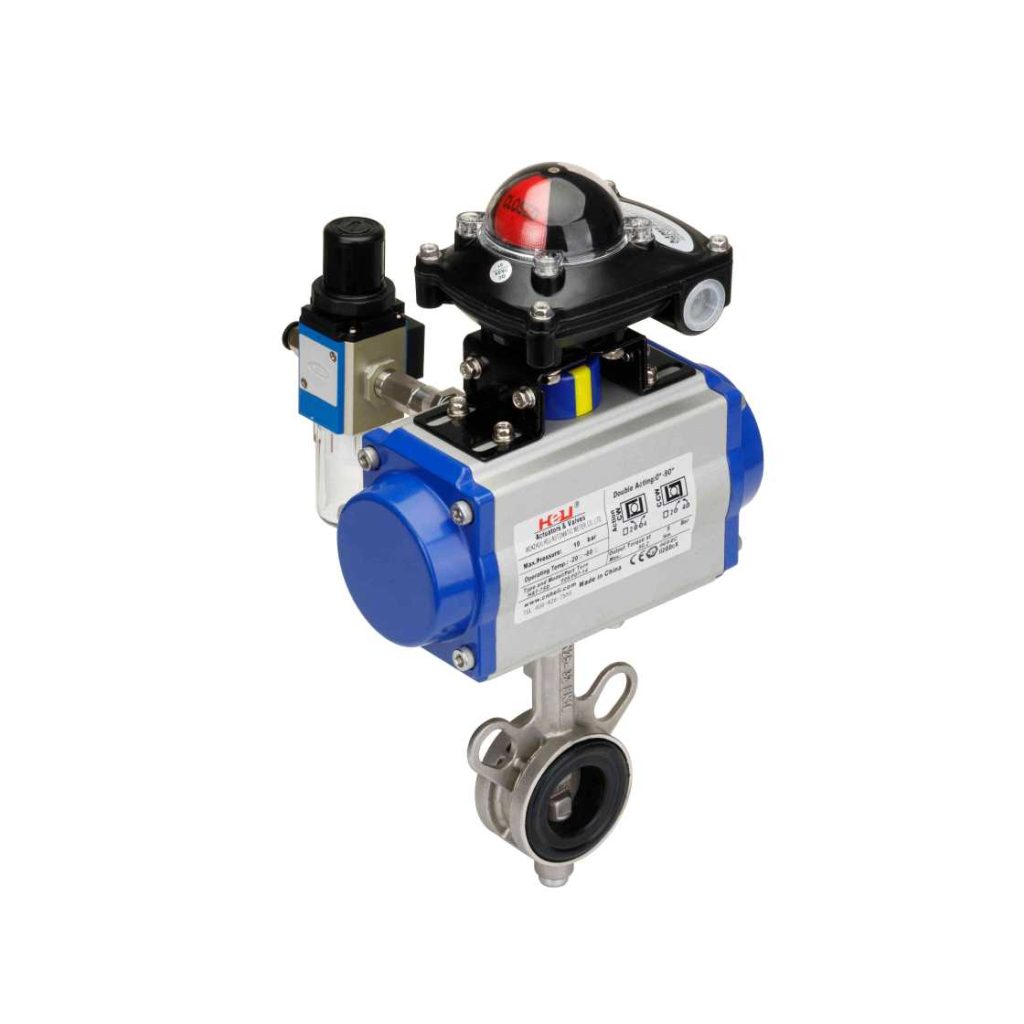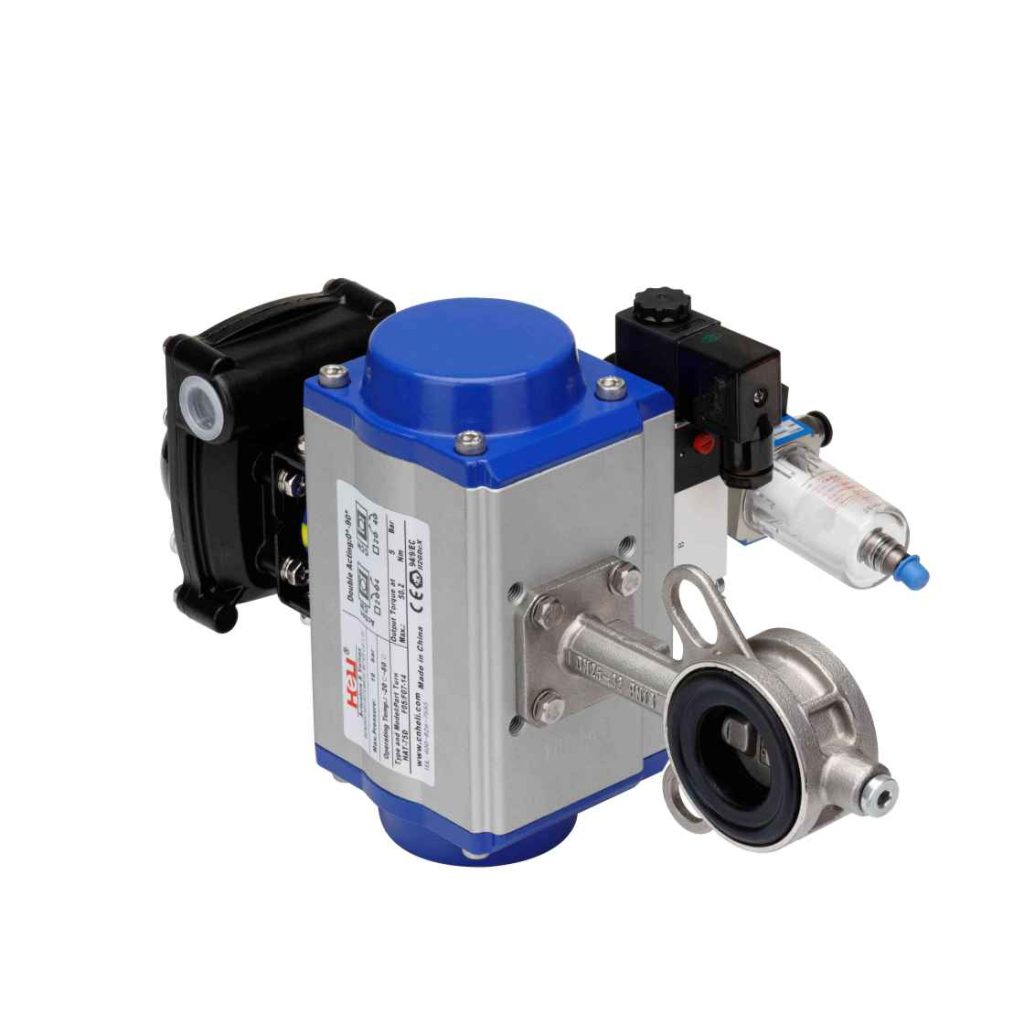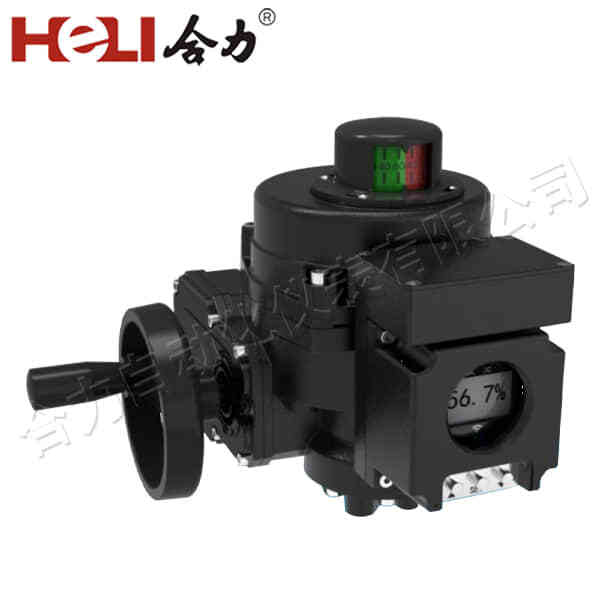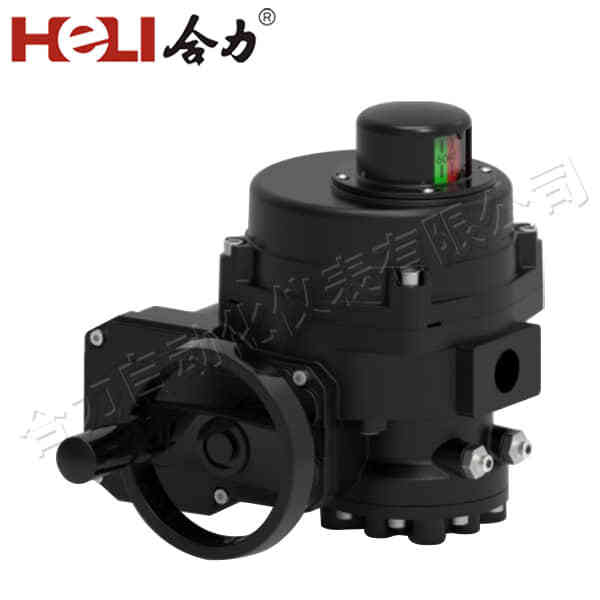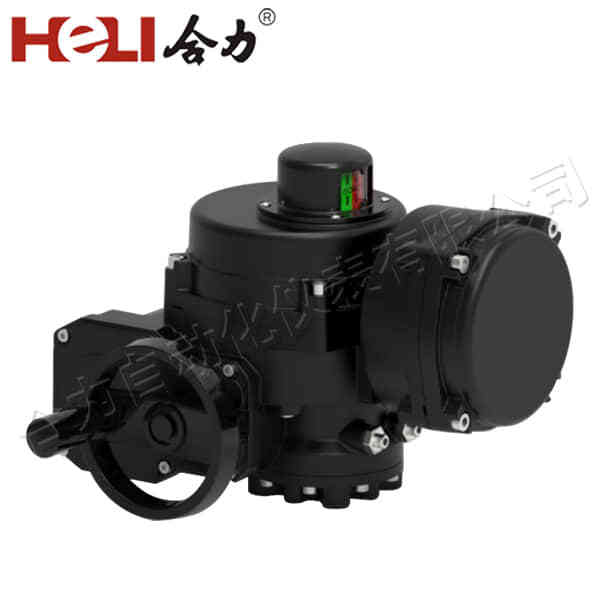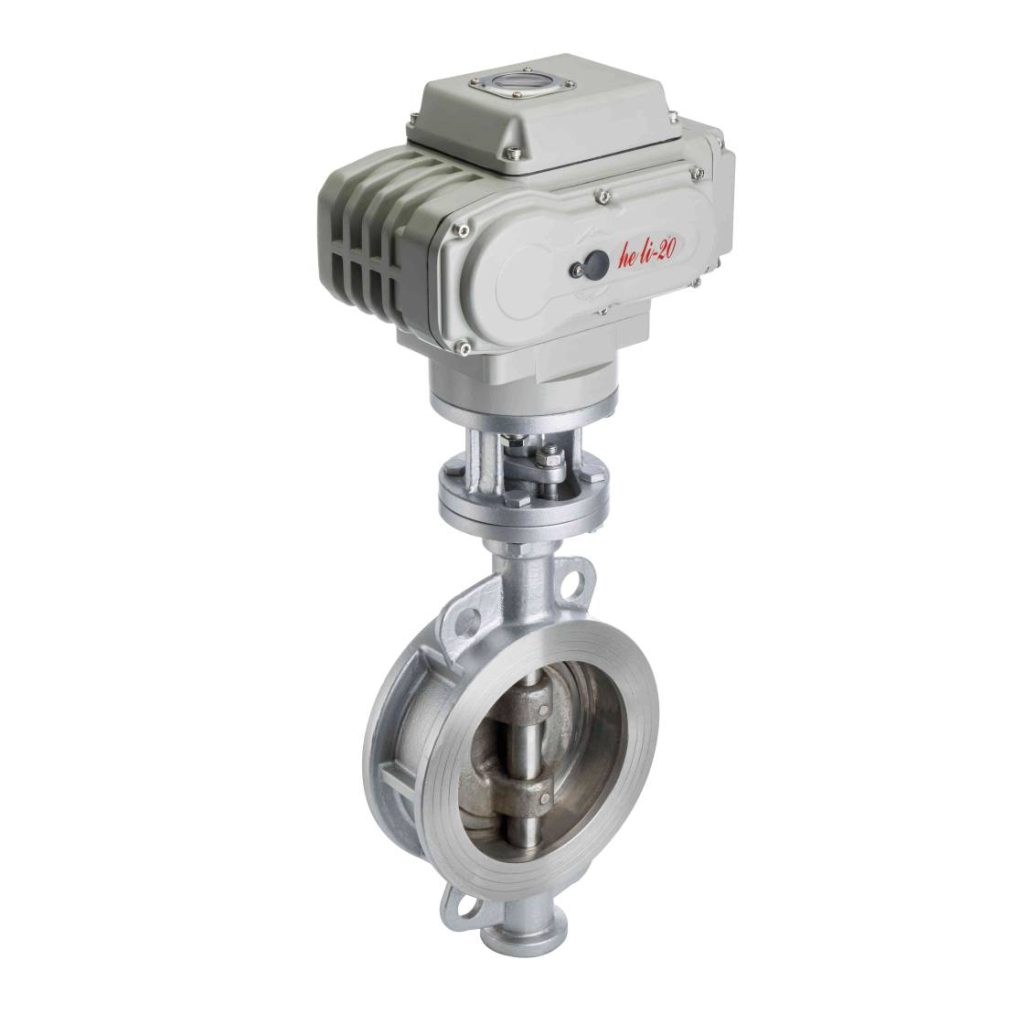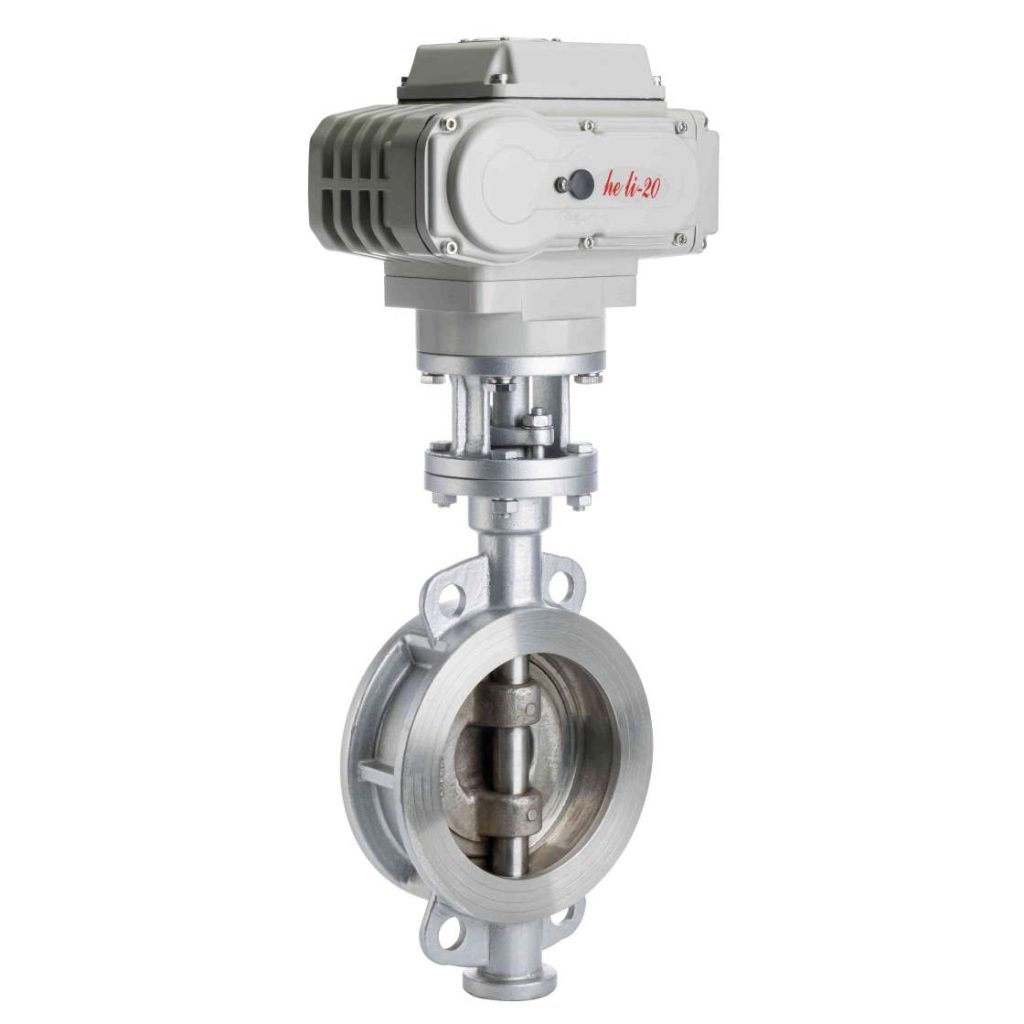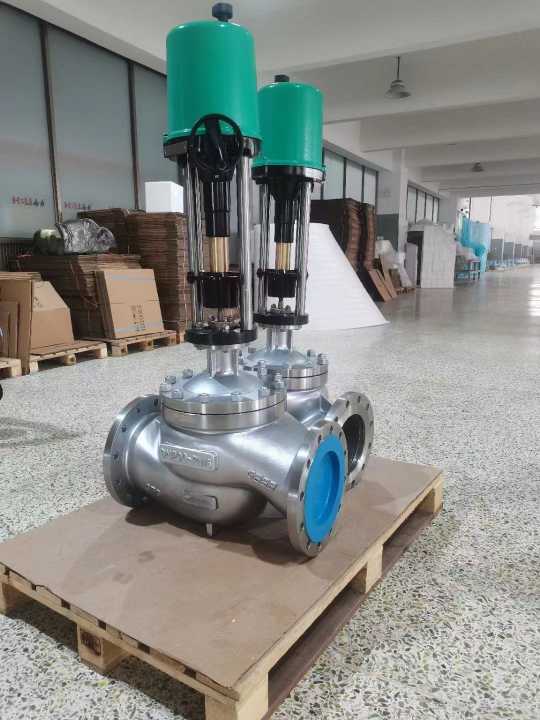In industries where safety is paramount, the need for reliable and secure equipment is critical. One such innovation is the explosion-proof electric screw ball valve, designed to meet stringent safety standards while ensuring efficient fluid control. This article explores the features, benefits, and applications of these specialized valves, highlighting their importance in hazardous environments.
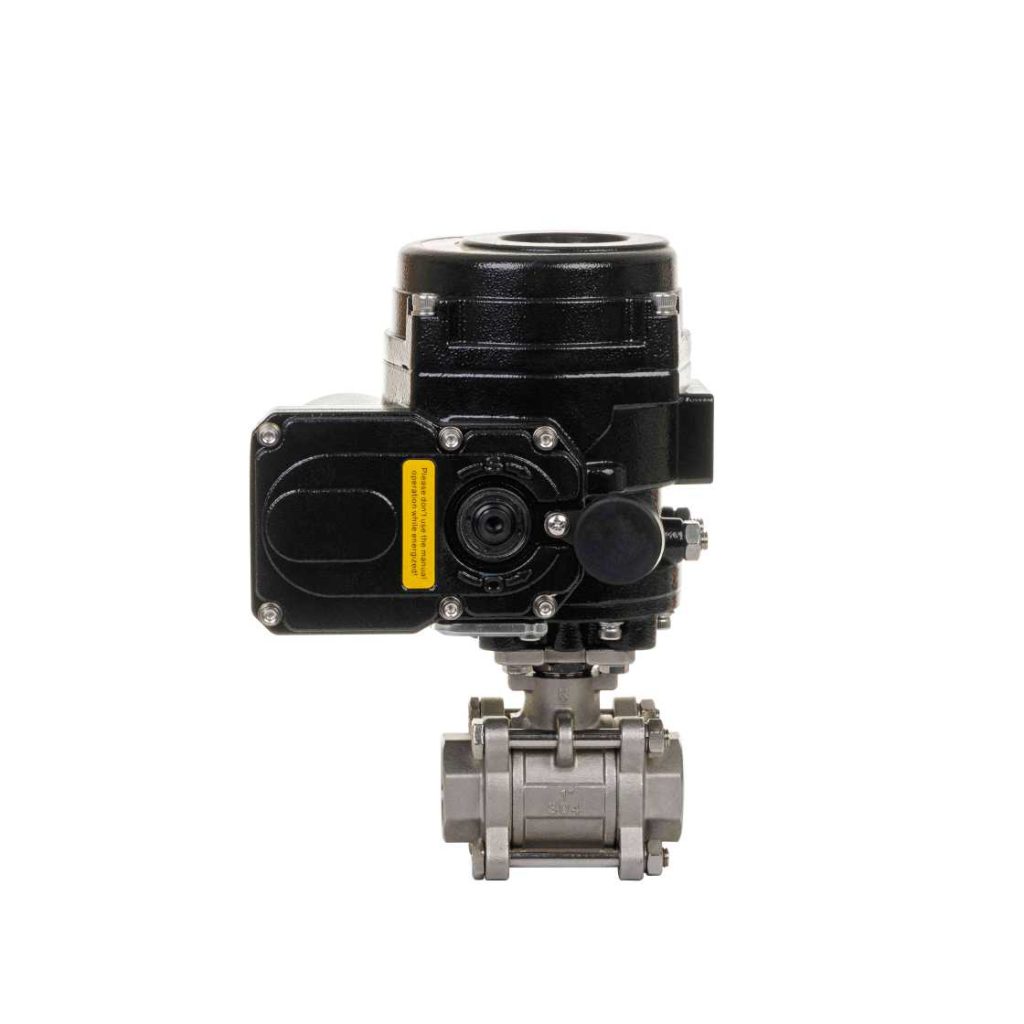
Understanding Explosion-proof Electric Screw Ball Valves
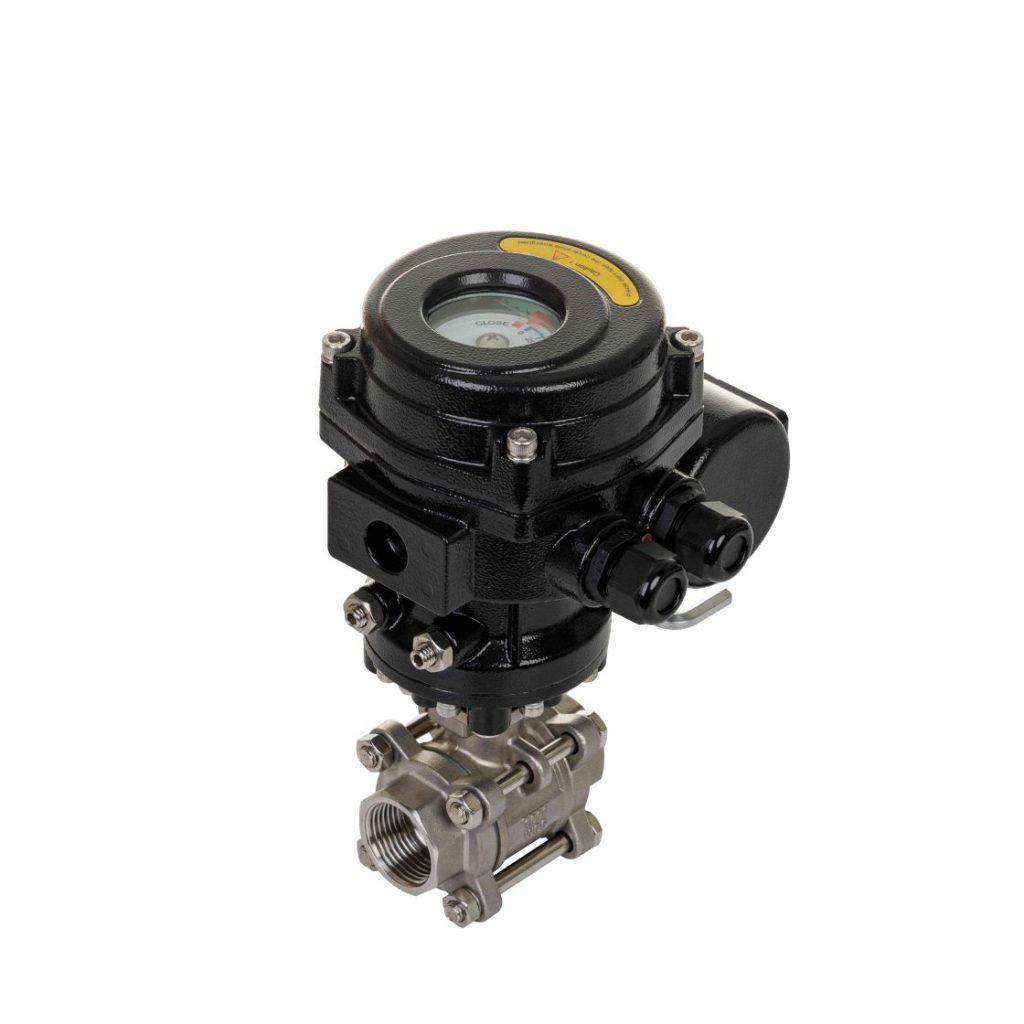
An explosion-proof electric screw ball valve combines the functionality of a ball valve with electric actuation and explosion-proof features. Ball valves are renowned for their ability to provide tight sealing and quick on/off operation. The screw mechanism allows for precise control of fluid flow, making it suitable for various applications. The explosion-proof design ensures that the valve can operate safely in environments where flammable gases or vapors may be present. This is achieved through robust construction materials and careful engineering to prevent any ignition sources from escaping the valve body. Such features are crucial in industries like oil and gas, chemicals, and pharmaceuticals, where the risk of explosions is a constant concern.
